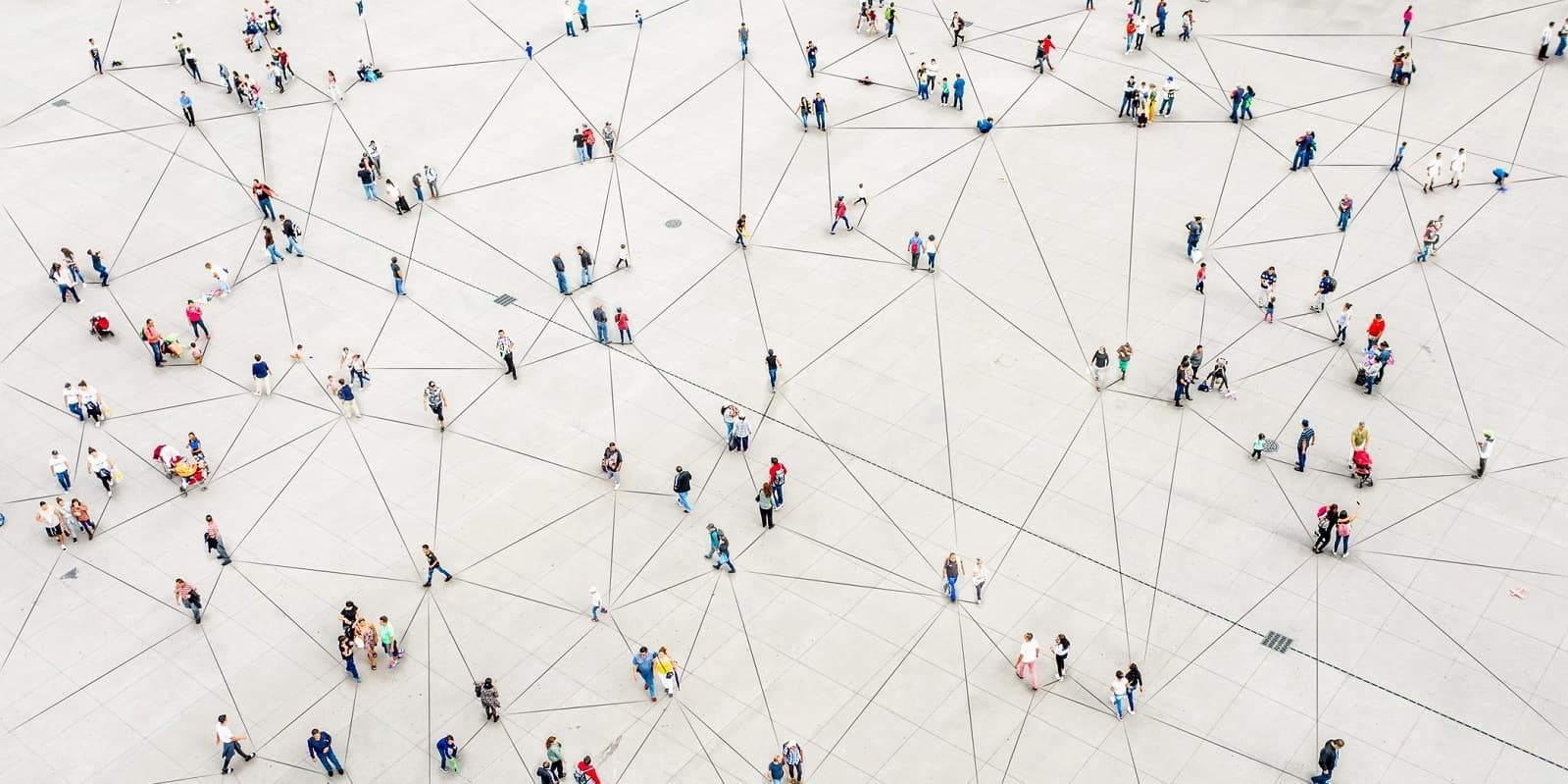
To solve problems we must connect systems
This blog builds on the paper Five steps towards a global reset: lessons from COVID-19 and was originally published on our Distinguished Fellow, Professor Corinna Hawkes’ blog The Better Food Journey and is reproduced here with her kind permission.
It’s been hard to make sense of COVID-19. At least, I have found it hard. So many deaths. So many changes to everyday life. So much political strangeness. So much uncertainty about the future.
But what has happened does, kind of, make sense. There is a logic to it. And food, kind of, illustrates why. Why it has happened and why the consequences have been so vast.
Through intensive production systems, the food system is one reason why animal pathogens and human populations interact more closely than before - the type of interaction which enabled the virus to jump from animals to humans in the first place. This was the result of an economic system focused on short-term gains rather than protecting our planet for future generations, an economic system that also incentivises the production and consumption of junk food, raising the risk of obesity and diet-related disease, now firmly established as intensifying the consequences of COVID-19.
In turn, COVID-19 hugely impacted the economic aspects of the food system – think of the closure of the food service industry, the loss of income affecting food counter workers, and the impact on fisheries.

This then reverberates into people’s lives to cause food insecurity and hunger.
So who gets bailed out? That’s a political decision, with leaders weighing up what matters most to them, affecting the health of the food economy and the health of people. This has varied everywhere, with political systems in different places responding to COVID-19 in different ways, affecting who got it and how severe it was. The capacity and the state of health systems also played a huge role, as did social attitudes in influencing adherence to lockdown measures. And once it had started, responses implemented to address problems in one system inevitably led to effects on others. That’s why it’s been so immensely hard to address.
In short, the existence and severity of COVID-19 was the result of activity in multiple systems and the interactions between them. It’s impact was huge because it – and the responses to it - reverberated across multiple systems.
Everything is connected. Looked at this way, COVID-19 seems all rather predictable.
COVID-19 may be the most extreme global challenge to have these characteristics, but it’s not the only one. Every global problem, whether it’s climate change or malnutrition, poverty or conflict, emerges as a result of the inter-connected nature of multiple systems. Surely, then, if fundamental solutions are to be found to major global challenges, they have to be based on the understanding that in practice, everything is connected. For me, I can’t see a pathway forward into the future – for food or anything else – unless we move away from behaving as if the world can be divided into boxes. It can’t. Each and everyone of us live in a system of systems whether we like it or not. The trouble is, while connections are inevitable, when run loose they create chaos – as the world has experienced.
So to get things working, there is a need to actively manage those connections, to see them, to be aware of them, to manage those relevant to solve the problem at hand. To do so, we could embed them in everyday operations, from the top to the bottom of institutions. For example, we could:
- Train system leaders - Systems leadership training could become standard in all universities, and existing leadership training programmes and schools incorporate systems thinking skills.
- Employ a new cadre of system connectors - Roles could be created in organisations, businesses and governments explicitly designed to address a named global challenge by managing interconnections between systems.
- Identify solutions across systems - Systems mapping techniques could be used to identify the roles of different systems in solving the problem.
- Manage trade-offs - Intensive engagement across systems could find win-wins where possible and identify new incentive structures to enable them.
- Kickstart system redesign for co-benefits - Opportunity spaces to create synergies could be identified and actions implemented to force the hand of systems redesign.
I think taking these types of steps could make a fundamental difference. Maybe it could even help towards the “global reset” that so many are calling for. But I have to confess, while it might make logical sense, I feel rather like a pontificating academic proposing something that, for the moment at least, hasn’t got a hope in hell of being implemented. Especially given the political situation in so many countries.
Yet we can all do something to connect systems – to take on the role that in many ways I see as most important. To be the knobbly bit that connects the pieces of the jigsaw; the double headed arrow on the systems diagram. To be a systems connector. It’s not about delving in deeply and trying to fix someone else’s problem; it’s about seeing what connections we need to make to solve our own problem, beyond our comfort zone, reaching out, and then figuring out if there are opportunities for co-benefits. And investing time and effort in doing so.
Changes in the system can only take place when we make connections in the system. Perhaps if each of us just did one thing to connect with another “system,” not for the sake of it, but because it will help us solve a problem we want to solve, we could begin to turn the current chaos of connection into more systemic unity of solutions.
Read more in Five steps towards a global reset: lessons from COVID-19 (PDF 332 KB)



